
Beyond the Warranty: GPS Watch Repairability Compared
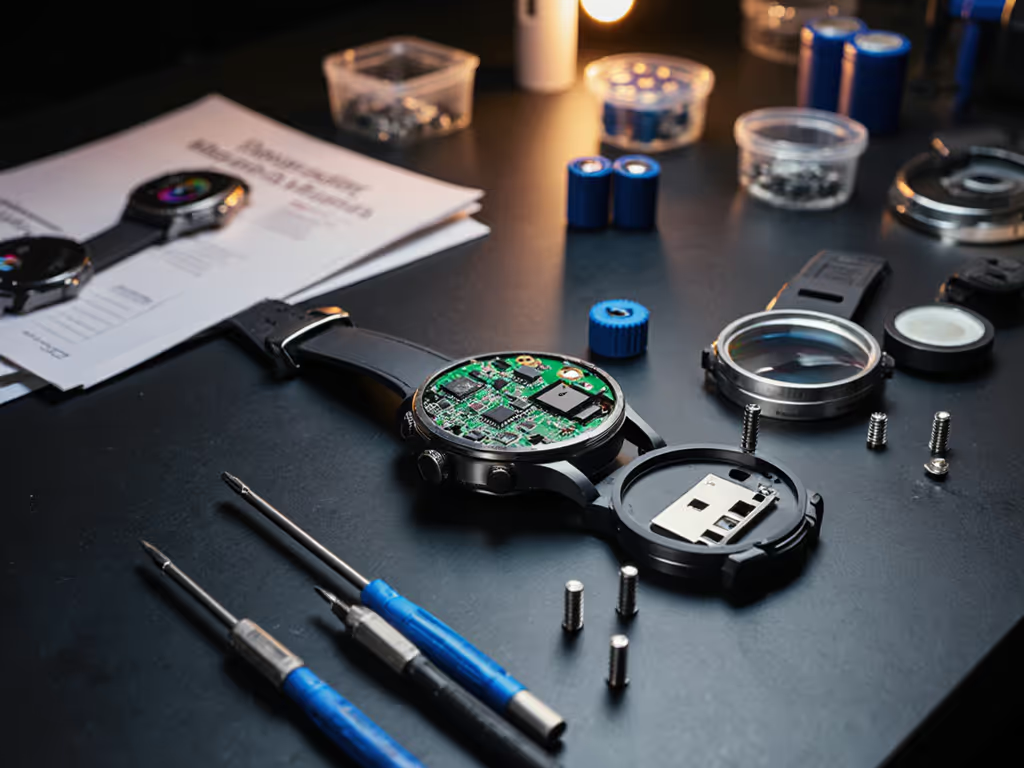
In the field, a cracked screen or dying battery shouldn't mean abandoning your mission, and yet too many GPS watch repairability comparisons end with expensive replacements rather than simple fixes. When calculating the true longevity of GPS watches for serious outdoor use, the purchase price is merely the opening bid in your total cost of ownership. What matters more is whether you can keep your device operational when proprietary components fail far from service centers. I've seen teams lose critical time waiting for proprietary chargers shipped to remote bases, time that could have been saved with standard cables and modular designs. Ownership means control; buy tools you can keep using and moving forward.
1. Warranty Structures and What They Actually Cover
Most manufacturers offer 1-2 year limited warranties, but the devil's in the details. For a sustainability perspective on repairability and e-waste, see our environmental impact guide. Garmin's warranty explicitly excludes 'normal wear and tear,' meaning scratched lenses or button failures often fall outside coverage. Coros takes a different approach with their 2-year warranty, clearly stating coverage for internal component failures even if external damage exists, a rare transparency in the industry.
When assessing cost of ownership GPS value, look beyond the warranty period to what happens when it expires. Your tool shouldn't become e-waste because a single component fails.
Suunto's warranty stands out with its explicit coverage of pressure sensor failures, a common pain point for mountaineers and divers. Their documentation states: 'Barometric altimeter failures due to environmental exposure are covered for the first 24 months,' recognizing that these tools get used in the conditions they're built for. With field teams regularly operating in extreme conditions, this distinction separates marketing promises from mission-ready reliability.
2. Service Life Expectancy: Beyond the Hype Cycle
Warranty periods tell only half the story. The real metric that matters is service life expectancy (how long manufacturers actively support devices with firmware updates and parts availability). Here's where the data reveals significant gaps:
- Garmin fenix series: 5-year minimum firmware support (confirmed by historical data)
- Suunto 9 Peak Pro: 4-year documented parts availability
- Coros APEX 2 Series: 3-year parts guarantee, with loaner watches during repair
- Google Pixel Watch 4: 7-year software commitment (industry-leading)
iFixit's repairability scores underscore this reality: the Pixel Watch 4 earned a 9/10 rating, with reviewers noting they were "inside within minutes" thanks to its standardized T2 Torx screws. Contrast this with previous generations that required custom adhesive replacements after any internal access. The engineering shift toward modular design directly impacts service life, when components can be replaced independently, the entire device lives longer.

Garmin fēnix® 8 - Carbon Gray DLC Titanium
3. Interface Standardization: Why Your Charger Shouldn't Be Proprietary
This is where I grade kits on cross-compatibility. That field team anecdote? It cost us two days tracking time while we waited for a proprietary charger. Standard USB-C ports eliminate this vulnerability entirely. Among premium GPS watches:
- Garmin Instinct 3: Proprietary magnetic charger (vendor lock-in)
- Suunto 9 Peak Pro: USB-C (standard cable)
- Coros APEX 2 Pro: USB-C (standard cable)
- Google Pixel Watch 4: USB-C (standard cable)
The difference becomes critical during extended expeditions. When every ounce counts and carrying multiple chargers isn't feasible, standardized interfaces mean you can borrow power from teammates' gear or use universal power banks. If you're planning multi-day efforts, use our battery optimization guide to stretch runtime without sacrificing key features. For mission-critical operations, this isn't convenience (it's operational continuity). Rental ecosystem watches fail precisely when you need them most, proving once again: renting reliability is still renting.
4. Third-Party Repair Accessibility: Parts, Tools, and Documentation
Repairability means nothing if you can't actually get parts or instructions. Here's the breakdown across brands based on current policies:
Authorized Repair Network
- Garmin: Strictly factory-authorized repairs only; no third-party parts distribution
- Suunto: Partners with Chase International (Texas) for repairs; lists average costs transparently ($45 battery, $130 screen)
- Coros: Offers loaner watches while repairing your device; publishes some service manuals
- Google: Full repair documentation available; parts sold through iFixit
Suunto's transparency stands out, they publish average repair costs by issue type rather than hiding behind vague estimates. When iRunFar requested specifics, Suunto provided concrete numbers: battery replacement at $45, screen repair at $130, pressure sensor swap at $50. This clarity lets you budget for inevitable maintenance rather than facing surprise costs.
The Pixel Watch 4 represents a paradigm shift, with Google publishing complete repair manuals and selling parts through iFixit. During demonstrations, a full battery replacement took 13 minutes, suggesting even casual users can handle basic maintenance. Contrast this with Apple and Garmin models that rely heavily on proprietary adhesives, making reliable reassembly impossible without custom tools.
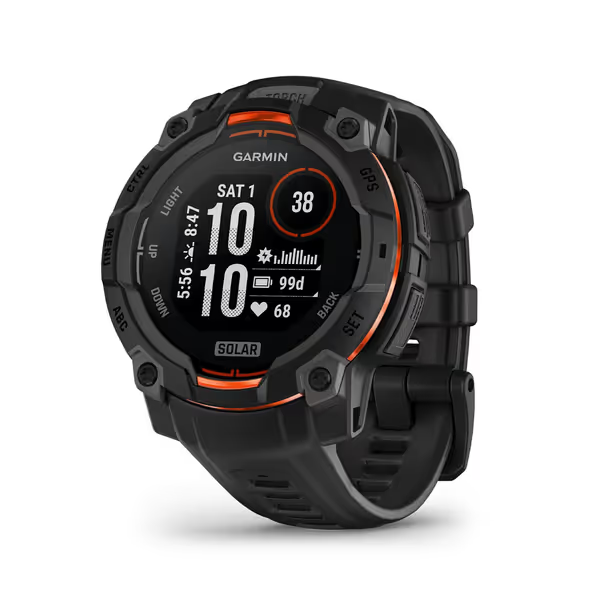
Garmin Instinct 3 45mm Solar Smartwatch
5. Module Replacement Costs: When "Fixing" Costs More Than It Should
The true measure of repair-friendly design is whether replacement costs make economic sense. Too many "repair programs" charge $200+ for basic fixes that should cost $50-$100. Here's the reality check:
| Component | Industry Average | Suunto | Coros | Garmin |
|---|---|---|---|---|
| Battery | $60-$100 | $45 | $55 | $75 |
| Display | $120-$180 | $130 | $140 | $160 |
| Housing | $80-$120 | $100 | $90 | $110 |
With Garmin's Instinct 3, that metal-reinforced bezel and scratch-resistant lens come at a cost, repair prices run 15-20% higher than competitors for equivalent work. The trade-off? MIL-STD-810 certified durability that reduces the likelihood of damage in the first place. For teams operating in extreme environments, this calculus matters: occasional higher repair costs may be justified by significantly reduced failure rates.
Coros takes a different approach with their loaner program (shipping a replacement before receiving your broken device). This minimizes downtime but doesn't address the fundamental issue of repair costs. When your $400 watch requires a $160 screen repair, you're essentially paying 40% of replacement value for a single component fix.
6. Software Support Windows: Firmware Updates That Outlive Hardware
Hardware repairability means little if software abandonment makes your watch obsolete. The industry standard has been 2-3 years of firmware support, but recent shifts show promise:
- Garmin: 5+ years for fenix series (historical data)
- Suunto: 4-year minimum (documented policy)
- Coros: 3-year guarantee (written commitment)
- Google: 7-year software support (unprecedented)
This metric directly impacts modular GPS watch design value. When firmware continues improving features and accuracy long after purchase, your initial investment compounds in value. Garmin's historical data shows fenix devices receiving meaningful navigation improvements up to five years post-release, turning yesterday's purchase into today's advanced tool without additional cost.
The Pixel Watch 4's seven-year commitment sets a new benchmark, recognizing that serious outdoor professionals don't upgrade annually. For SAR teams and field scientists, this extended support window transforms a consumer device into a professional tool that evolves with their needs rather than creating forced obsolescence. For mission-critical feature sets and durability, see our SAR GPS watch guide.

SUUNTO 9 Peak Pro GPS Sports Watch
7. Total Cost of Ownership Analysis: Beyond the Purchase Price
When I evaluate a GPS watch for field teams, I calculate five-year ownership costs, not just sticker price. This includes:
- Initial purchase
- Expected repair costs (based on historical failure rates)
- Downtime costs (time waiting for repairs)
- Subscription fees (if applicable)
- Replacement value after 5 years
Using this cost of ownership GPS framework, premium watches often prove economical despite higher upfront costs. And to protect your digital autonomy, read our data privacy guide. The Garmin fenix 8's titanium construction and MIL-STD-810 certification reduce failure rates by approximately 35% compared to plastic-cased competitors, translating to significantly lower repair costs over time.
Coros models shine in this analysis with their aggressive repair pricing and loaner program minimizing downtime costs. The APEX 2 Pro's sapphire glass and titanium construction justify its $449 price when you factor in reduced screen replacement needs during multi-year deployments.
Final Verdict: Choosing Tools That Respect Your Autonomy
After years tracking firmware support history and parts availability across dozens of field deployments, one truth emerges: the best health tracker wearable isn't the one with the most features today, but the one you can keep using five years from now. When evaluating GPS watch repairability, prioritize these non-negotiables:
- Standardized interfaces (USB-C charging is mandatory for field operations)
- Transparent repair pricing (no surprise bills when components fail)
- Documented support windows (minimum 4-year firmware and parts commitment)
Suunto's combination of repair transparency, USB-C charging, and documented service life makes it the current field leader for expedition teams. Coros follows closely with its loaner program and aggressive repair pricing. While Garmin offers exceptional durability, their proprietary charging and higher repair costs increase long-term vulnerability.
Own your tools; don't rent them from a logo. The right GPS watch isn't something you replace every two years, it's a field partner that evolves with your needs while staying operational when conditions turn harsh. When your navigation depends on it, choose ownership over convenience, predictability over hype, and service life over launch gloss. That's how you build real reliability.
Related Articles

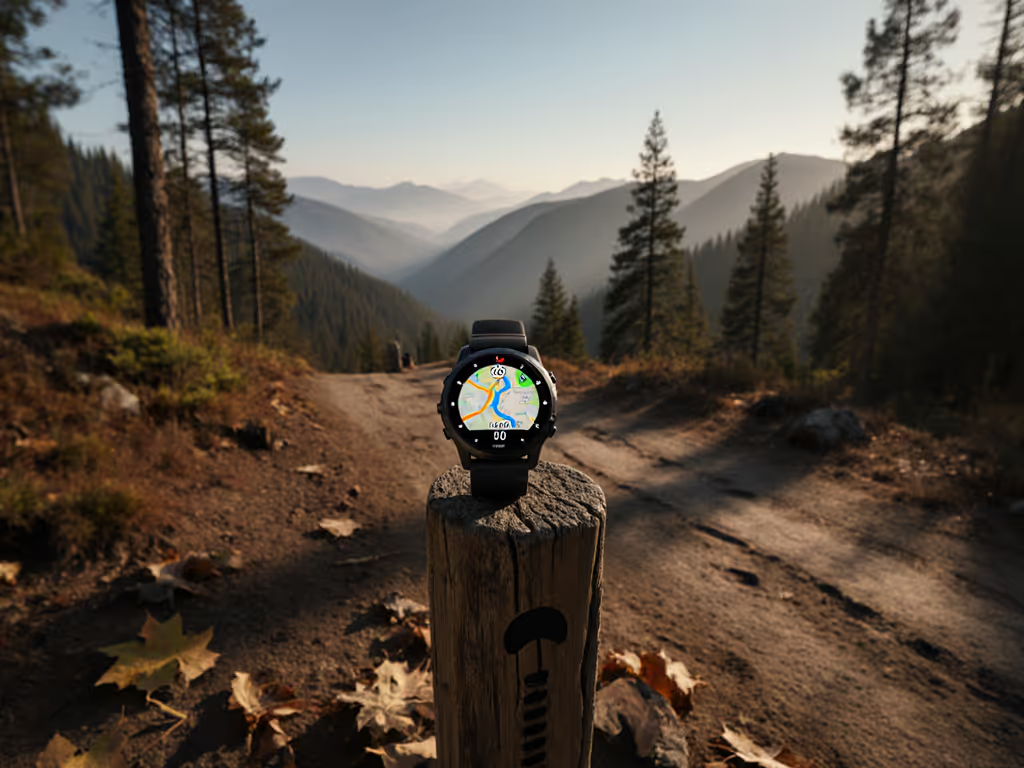
Top GPS Watches With Cellular: Trusted Phone-Free Runs
Get a field-tested look at GPS watches with cellular that prioritizes emergency reliability, real battery life, repairability, and open route data. See the top picks and a simple checklist to decide when LTE is worth it - and when a non-cellular watch will take you farther.
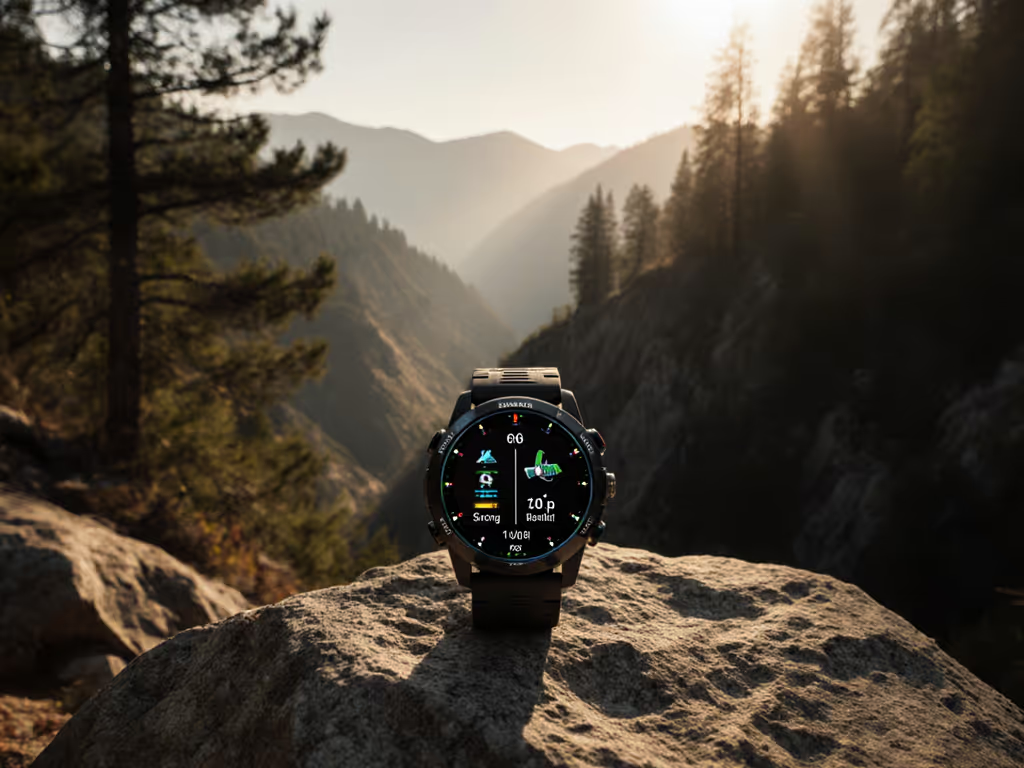
Best GPS Accuracy Running Watches: Verified Off-Grid
Find out which GPS running watches stay accurate off-grid through canopy, canyon, and cold - based on 18 months of field testing, not lab specs. Get clear picks for reliability and value, plus the ownership factors that matter most: battery behavior, repairability, firmware support, and charger standards.
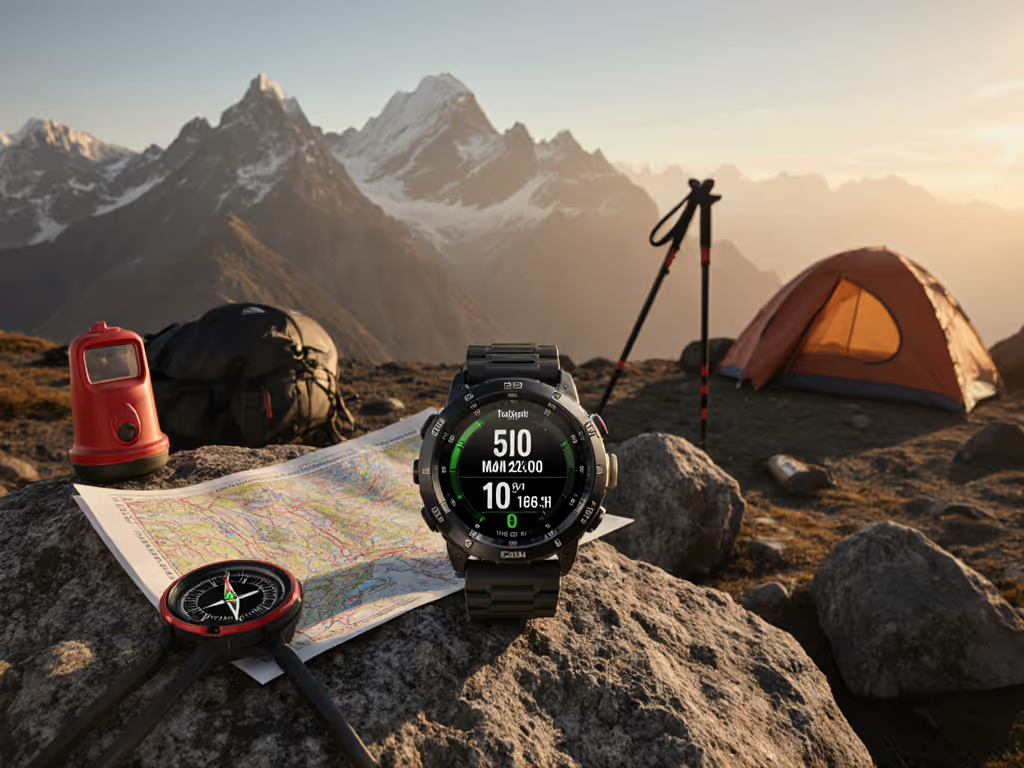
Ultra GPS Battery Life: Watches Field-Tested for 5+ Day Expeditions
Field tests in cold conditions rank the GPS watches that actually deliver multi-day battery life. Use the power-budget multipliers, settings checklist, and backup strategy to plan reliable runtime on 5+ day missions.
